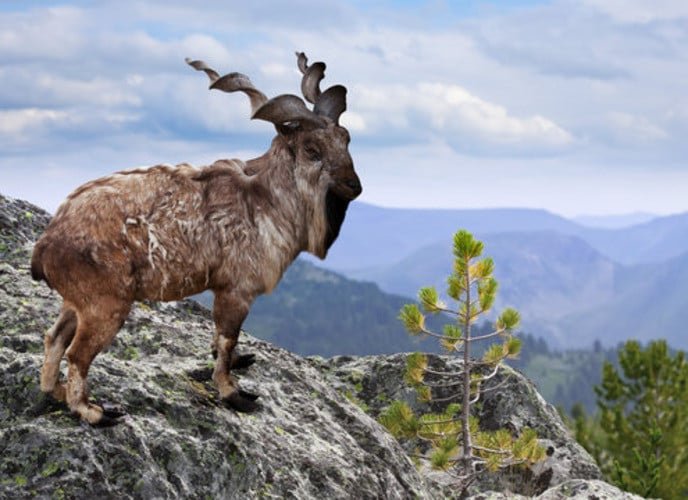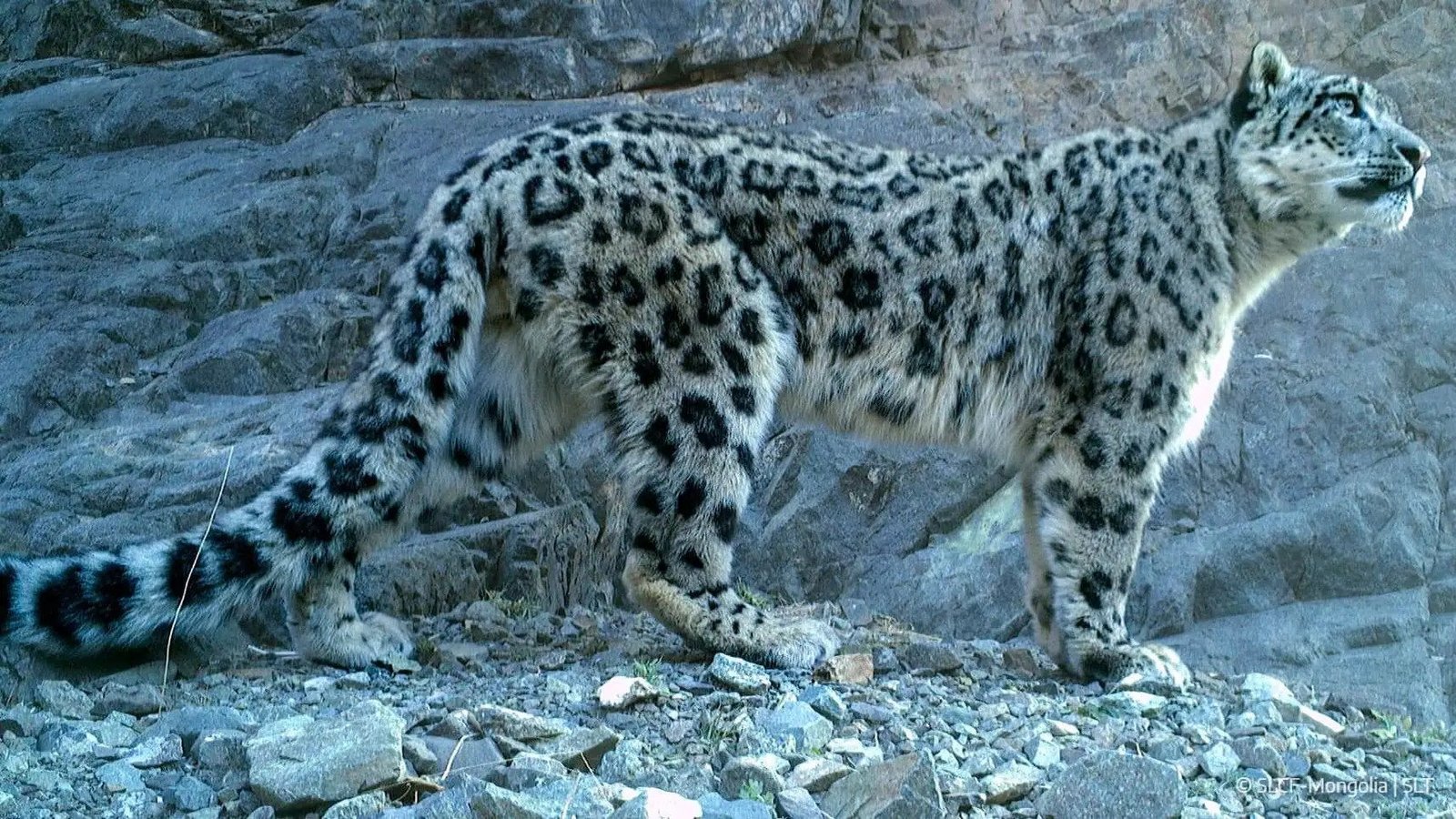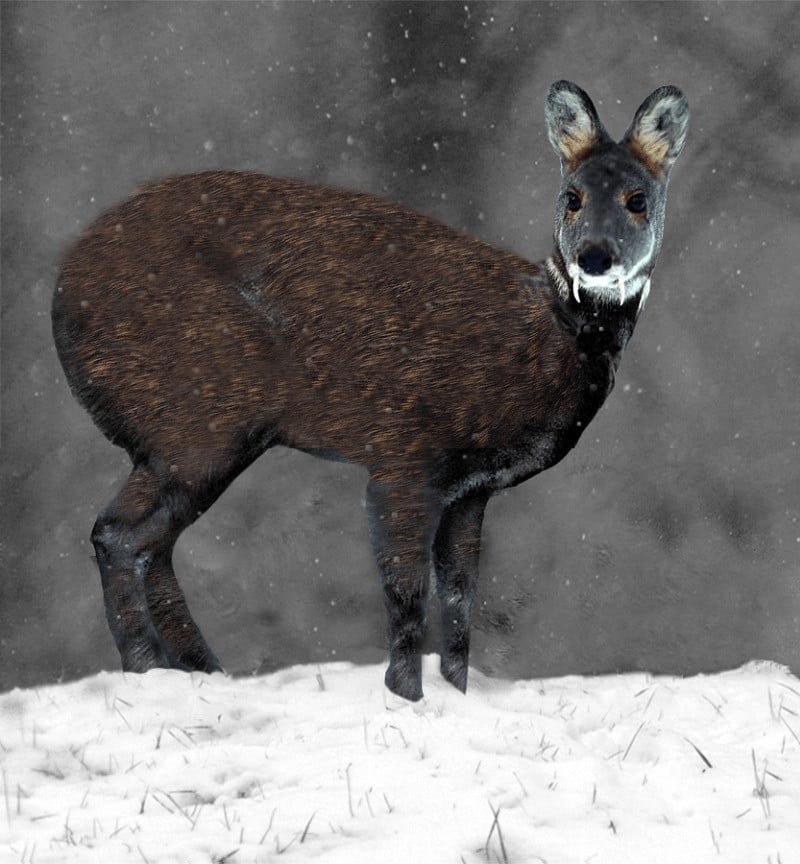Pakistan’s landscapes, from icy northern peaks to fertile plains and wetlands, are home to incredible biodiversity. Yet, this natural wealth is under threat. The top 5 threatened wild animals in Pakistan highlight how poaching, habitat loss, and climate change are pushing species toward extinction. Protecting them is essential not only for nature but also for communities that rely on healthy ecosystems.
In this article, we examine the top 5 threatened wild animals in Pakistan—their habitats, survival challenges, and conservation initiatives.
1. Markhor – The National Pride at Risk

The Markhor, Pakistan’s national animal, is a majestic wild goat known for its spiral horns, which can grow over a meter long. It inhabits rugged terrains across Gilgit-Baltistan, Chitral, Kohistan, Swat, and parts of Balochistan. Despite its fierce name, meaning “snake-eater,” the Markhor feeds on grasses, shrubs, and leaves.
Threats to the Markhor
For decades, trophy hunting and poaching reduced Markhor populations drastically. Local livestock also compete for food, limiting grazing opportunities. Human encroachment into mountain habitats has fragmented populations, weakening genetic diversity.
Conservation Efforts
Community-led conservation programs have proven effective. In many regions, locals benefit financially from regulated trophy hunting, giving them a direct reason to protect the species. These efforts have helped stabilize numbers, but threats remain from climate change and illegal hunting.
Markhor’s survival story shows that when communities, government, and global conservation groups collaborate, endangered animals can rebound.
2. Indus River Dolphin – Blind but Resilient

The Indus River Dolphin, known locally as the bhulan, is among the rarest freshwater mammals in the world. Endemic to Pakistan, it survives in fragmented stretches of the Indus River, particularly between the Sukkur and Guddu barrages. Unable to see, the dolphin uses echolocation to navigate and hunt.
Threats to the Dolphin
The biggest threats include reduced water flow from dams, pollution, and accidental entanglement in fishing gear. Industrial and agricultural runoff contaminates the Indus, poisoning the dolphin’s limited habitat.
Conservation Measures
The Sindh Wildlife Department and WWF Pakistan have created protected stretches of the Indus. Rescue operations save dolphins trapped in irrigation canals and release them into safer waters. Awareness campaigns also educate fishermen about safe practices.
Although still endangered, population numbers have slightly improved, proving that focused conservation efforts can make a difference.
3. Snow Leopard – The Ghost of the Mountains

Few creatures are as elusive as the Snow Leopard. Nicknamed the “ghost of the mountains,” it inhabits Pakistan’s northern highlands, including Gilgit-Baltistan, Chitral, Kohistan, Swat, and Azad Kashmir. With its thick coat, powerful limbs, and long tail, the Snow Leopard thrives in harsh alpine conditions.
Threats to the Snow Leopard
The biggest challenge comes from human-wildlife conflict. Herders, protecting their livestock, often kill snow leopards in retaliation for attacks. Poachers target them for fur and bones, while climate change threatens prey like ibex and blue sheep.
Conservation Actions
Conservation organizations have introduced livestock insurance schemes to reduce killings. Eco-tourism initiatives also promote the leopard as a valuable asset for local economies. Camera trapping, monitoring, and awareness programs are helping communities see the leopard as a symbol of pride rather than fear.
The Snow Leopard is vital for maintaining ecological balance in mountain ecosystems. Saving it means safeguarding Pakistan’s fragile highland biodiversity.
4. Black Pond Turtle – A Target of Illegal Trade

The Black Pond Turtle is a freshwater reptile found in rivers, lakes, and wetlands across Punjab, Sindh, and parts of Khyber Pakhtunkhwa. With its patterned shell and scavenging habits, it plays an important role in maintaining water quality.
Threats to the Turtle
Illegal collection for the pet and food trade has caused alarming declines. Traders smuggle thousands across borders each year, despite strict bans. Habitat destruction from wetland draining, pollution, and urban expansion further endanger the species.
Conservation Efforts
Wildlife authorities, with support from NGOs, have intercepted illegal shipments and returned turtles to their habitats. Awareness campaigns stress the importance of turtles for healthy ecosystems. Protecting wetlands through law enforcement and community involvement remains crucial.
Without urgent protection, the Black Pond Turtle could disappear from many of its traditional habitats.
5. Kashmir Musk Deer – The Fragrant Target

The Kashmir Musk Deer is a shy, nocturnal species inhabiting alpine meadows and forests in Azad Kashmir’s Neelum Valley, Gilgit-Baltistan, and Kaghan Valley. Unlike other deer, males lack antlers but possess fang-like teeth and a musk gland, producing a substance highly valued in perfumes and traditional medicine.
Threats to the Musk Deer
Poaching for musk has driven this species to the edge. A single musk pod can fetch thousands of dollars, making the deer a constant target. Habitat loss from deforestation and human expansion further limits its survival.
Conservation Efforts
Stricter anti-poaching laws, increased patrolling, and community involvement in eco-tourism have helped protect remaining populations. However, illegal trade continues, fueled by international demand.
The Kashmir Musk Deer highlights how commercial exploitation can devastate fragile species unless urgent protective steps are taken.
Why Conservation Matters
The top 5 threatened wild animals in Pakistan reflect both the country’s ecological diversity and the challenges of protecting it. These species are not only part of Pakistan’s natural heritage but also crucial for ecosystem balance. For example, snow leopards regulate prey populations, while turtles maintain clean waterways.
Protecting wildlife also benefits communities. Eco-tourism, sustainable hunting programs, and biodiversity projects create jobs and income. The long-term survival of these animals depends on public awareness, strict law enforcement, and community-driven conservation.
FAQs – Top 5 Threatened Wild Animals in Pakistan
Which wild animal is most threatened in Pakistan?
The Indus River Dolphin is one of the most endangered, with only a few hundred surviving.
Why is the Snow Leopard called the “ghost of the mountains”?
Because of its elusive nature and camouflage, it is rarely seen in the wild.
How are Black Pond Turtles protected?
Wildlife authorities intercept illegal trade, return turtles to habitats, and run awareness programs.
Why is the Kashmir Musk Deer hunted?
It is poached for musk, a valuable substance used in perfumes and medicine.
What role do communities play in conservation?
Community-led projects, like Markhor trophy hunting programs, give locals a financial reason to protect species.
Final Thought
The top 5 threatened wild animals in Pakistan are more than just rare creatures—they represent the beauty, resilience, and fragility of our natural world.
Their survival depends on how seriously we act today against poaching, habitat destruction, and environmental neglect.
By supporting conservation, enforcing laws, and raising awareness, Pakistan can protect its wildlife for generations to come.
READ MORE:Halal or Haram? How to Know If You’re Eating Donkey Meat in Pakistan
Saving these species is not only about animals—it’s about preserving the country’s ecological balance, cultural heritage, and future.






